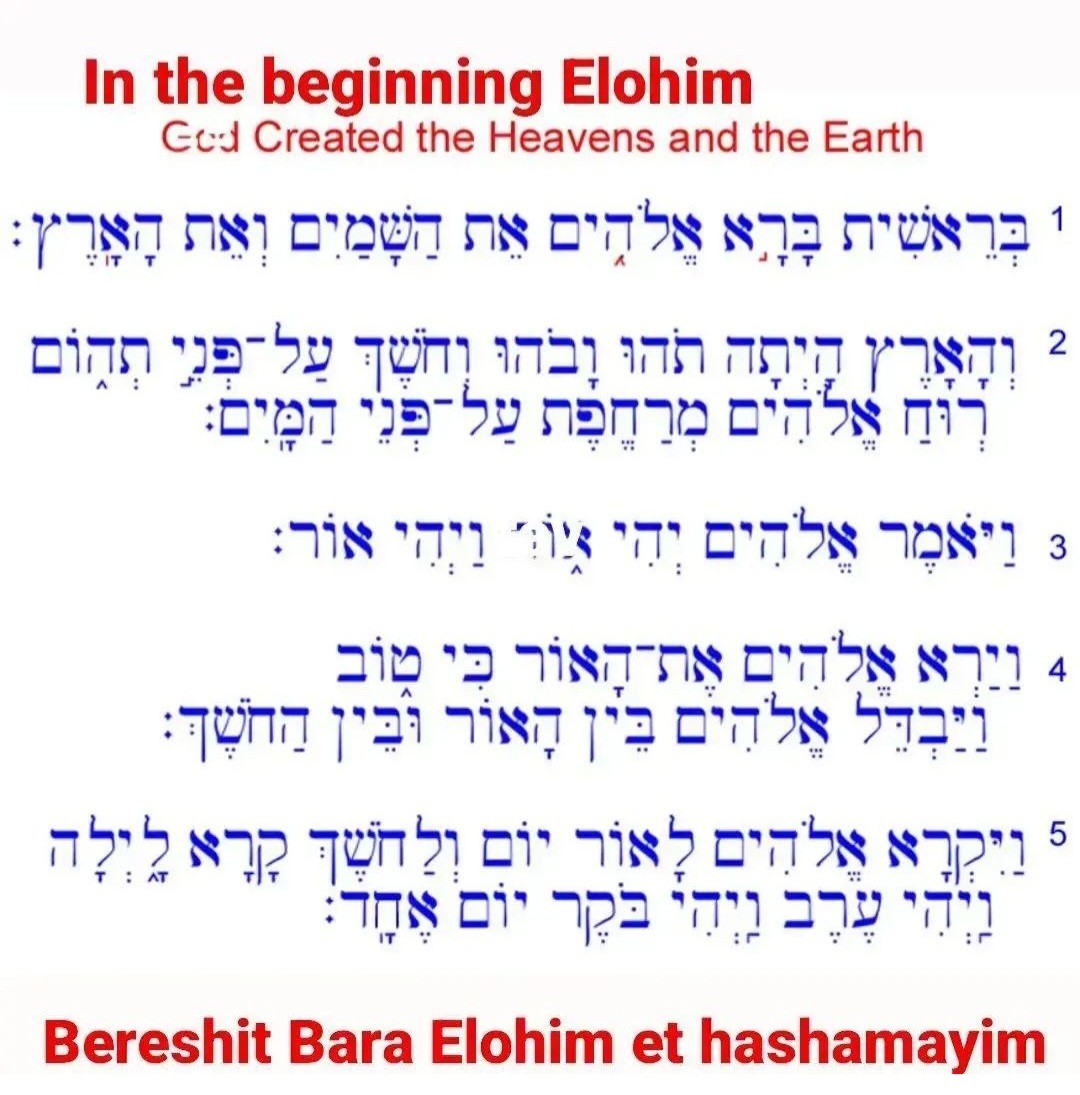Watch
Events
Articles
Market
More
1 / 1
Biblical Feasts
To do or not to do?
Please read these chapters and verses, and decide for yourself.
Deuteronomy 12 (Sacrifice in a place chosen by God. Where He places His name.)
Deuteronomy 16
2 Chronicles 30:1-5
Ezra 6
Isaiah 1:13-14
Isaiah 43:23-24
Isaiah 66:3-4
Ezekiel 22:23-29 (Do not mix the holy with the profane)
Daniel 10:1-4 (Daniel fasted over the Passover while in Babylon)
Hosea 8:11-14
Amos 5:21-22
Micah 6:6-8
Zephaniah 3:18
Acts 18:19-21 (Paul must go to Jerusalem for the Feast)
Acts 20:16
Romans 14:5-6
Col 2:16
Jubilees 6
God divorced the Northern Kingdom.
Yeshua ransomed us back.
We are in the time of refreshing- the engagement period.
Our inheritance is New Jerusalem.
If we make it.
Right now, we are living in “captivity”- in a profane land. On a profane calendar.
On Passover, what does that lamb chop sitting on the dinner plate represent? A Sacrifice?
“Eating things sacrificed unto idols”- What does this mean? Christmas turkey dinner, right?
What are we told about the mixing of the holy with the profane?



https://firstcenturychristiani....ty.net/destroyed-for



Well it's been a minute. Hiya Torah Crew!
Just dropping in to announce a brand spanking new lyric video for our worship battle song "He Who Holds Almighty Power".
Hope everyone's day was blessed! And remember to send us a friend request if you like what you hear!
#music



BIBLE STUDY LESSON 09
SERIES S --- THE SON OF YHVH
KNOCK, AND ENTER
WARNINGS AGAINST HEROD
From Luke 13:22-35; 14:1-24
On His way to Jerusalem, Yeshua passed through many cities and villages. In one of them someone asked, [Will only a few be saved?] [Many will try to enter the door to heaven,] Yeshua replied. [But the door is narrow, so you must strive to get in, for once the Head of the house has locked the door it will be too late. Even though you stand there, pounding on the door and pleading to get in, He will reply, ‘I do not know you.’ You may perhaps remind Him, ‘We ate and drank with You and You taught in our streets.’ But His answer will come back again, ‘I do not know you. Go away, you evildoers, for you cannot come in here.’ There will be much wailing and grinding of teeth as you see Abraham, Isaac, Jacob and all the prophets inside, and you are unable to enter. From all parts of the world others will come to enter the Kingdom, and will sit down to eat inside. Some whom you think of as outcasts will be in honoured places, and some whom you honour as leaders will be outcasts. Some Pharisees angrily warned Yeshua, [You had better leave here quickly, for Herod plans to kill you.] But Yeshua replied, [Tell that fox Herod that I will keep on doing miracles today and tomorrow, and by the third day will reach Jerusalem, for no prophet should die outside Jerusalem. O Jerusalem! Jerusalem! You are the city that murders prophets and stones to death those who were sent to help you. How often I wanted to gather your children under My protection, just as a hen gathers her chicks under her wings, but you would not let Me. So you will be left with a desolate, empty house and will not recognize Me until that far-off day when you say, ‘Blessed is He Who comes in the Name of Adonai!’] One Shabbat Yeshua ate with a leading Pharisee, and the other guests watched Him closely to try to trap Him. A man came in who suffered from dropsy. [Tell Me, does the Law permit Me to heal this man on the Shabbat?] Yeshua asked them. They refused to answer for if they did, they would trap themselves. Yeshua healed the man and sent him on his way. [Which of you would refuse to pull your son, or an ox, from a well on the Shabbat?] Yeshua asked. But no one replied. Yeshua had noticed also that the invited guests had scrambled for the places of highest honour at the table when they had arrived. He told them this parable, [When you are a guest at a wedding feast, do not rush to occupy a place of honour. For if a more honoured guest arrives, the host will ask you to move down and you will be disgraced. Instead, take the place of least honour so that your host will invite you to move up to a place of higher honour. Then all the other guests will respect you as you move up. Whoever puts himself higher than he deserves will be put down, and whoever humbles himself to a lower place than he deserves will be lifted up and honoured.] Yeshua also said to his host, [When you host a lunch or dinner, do not invite only your relatives or friends or rich neighbours, for they will feel obligated to invite you in return. Instead, invite the poor, the crippled, the lame, and the blind and you will be blessed, for they do not have enough to invite you in return. Your reward will beat the resurrection of the righteous] One of the guests said, [How blessed are those who sit down to eat in the Kingdom of YHVH.] Then Yeshua told another parable to answer this guest. [A man once gave a big dinner and invited many guests. When the dinner was ready, he sent a slave to those who were invited, telling them that the dinner was ready. But they began to make excuses. One said, ‘I bought some land and must go and see it, so please excuse me.’ Another said, ‘I have bought five yokes of oxen, and I must try them.’ A third said, ‘I just got married, so I can’t come.’ The slave reported what he had heard to the dinner host, who became angry when he heard the news. ‘Go into the streets and lanes of the city, and bring the poor, crippled, blind and lame to my dinner.’ The slave obeyed and then reported back to his master. ‘I have done all you said, but there is still room.’ Then the host told the slave, ‘Go farther then, out to the country roads and beyond, and urge others to come, so that my house will be filled. For not one of those I invited at first will come to my dinner.’]
COMMENTARY
THE HEROD FAMILY
Throughout New Testament times, the Herods were a source of irritation and persecution to Yeshua and His followers.
HEROD THE GREAT
Herod the Great was an old man when Yeshua was born. He had ruled Israel for many years. When he was told of the birth of a baby destined to be King, Herod wanted to prevent his descendants from losing the throne. He tried to have the new king killed by ordering the death of all the new-born babies in Bethlehem. Joseph and Mary were forced to hide from Herod’s jealous hate. They lived in Egypt with the infant Yeshua until Herod’s death.
HEROD PHILIP
Herod the Great had two sons named Herod Philip and two wives named Mariamne. The first Philip was the son of the second Mariamne. Philip later married his niece, Herodias, and had a daughter named Salome.
HEROD ARISTOBULUS
Herod Aristobulus was the oldest son of the first Mariamne, Herod the Great’s favourite wife. He, in turn, was the father of Chalcis, Agrippa I and Herodias.
HEROD ANTIPAS
Herod Antipas inherited a portion of his father’s kingdom. He was the second husband of Herodias and played an important part in the events of the New Testament. Herod Antipas beheaded John the Baptist and judged Yeshua before He was crucified.
HEROD PHILIP II
The second Herod Philip was the son of another of Herod the Great’s wives, Cleopatra. He inherited the northern portion of his father’s kingdom. Philip II later married his grandniece, Salome.
HEROD CHALCIS
Herod Chalcis was also married to his niece. His wife, Bernice, is mentioned with Herod Agrippa I in Acts.
HEROD AGRIPPA I
Herod Agrippa I, like his uncle, Antipas, also played an important part in the New Testament. He ordered the death of the apostle James, and imprisoned Peter for preaching the Gospel. He was the father of Bernice, Drusilla and Herod Agrippa II.
HERODIAS
Herodias was the mother of Salome. She told her daughter to ask for the head of John the Baptist on a platter. Herodias was married twice, both times to one of her uncles. Her first husband was Philip I. After his death, she married his brother, Herod Antipas.
BERNICE
Bernice was the wife of her uncle, Herod Chalcis. She was with her brother, Agrippa II, when he tried Paul.
HEROD AGRIPPA II
Herod Agrippa II is the king who was {almost persuaded} by Paul’s defence of the Gospel when he stood trial.
DRUSILLA
Drusilla married Felix, the governor of Judea, who tried Paul.
SALOME
Salome, the young girl whose dance earned her the head of John the Baptist, later married her great-uncle, Herod Philip.



Progressive Christians, such as Rev. Brandan Robertson and others, insist that Leviticus 18:22 has been broadly misunderstood and that it does NOT in fact prohibit homosexual behavior. I address their objections in this video. https://davidwilber.com/videos..../yes-leviticus-prohi



?Bereshith bara Elōhîm את et, (א)(ת) (aleph אלף/tav תוָ the beginning to end) His seal is TRUTH.? hashamayim v'et ha'aretz.
And Elohim said, "light be!" Bereshith 1:3
Elohim - Mighty One, Our Creator.
V'yomer - he said
Y'hi ohr - light be. Y'hi - yod, heh, yod, is based on the same word that is the foundation of the Creator of the universe's Name.
Based on the verb "to be", a name of action!
Ohr - Figuratively light of life, more than physical light? (Mishlĕ 6:23).
?For you have exalted above everything Your name and Your word. KJ Version ?
I bow myself toward Your set-apart Hĕḵal, And give thanks to Your Name For Your loving-commitment and for Your truth; For You have made great Your Word, Your Name [shem], above all.?
Tehillim (Psalms) 138:2 TS2009
?Mosheh asked, show me your glory...
?And יְהֹוָה came down in the cloud and stood with him there, and proclaimed the Name, יְהֹוָה. And יְהֹוָה passed before him and proclaimed, “יְהֹוָה,יְהֹוָה, an Ěl compassionate and showing favour, patient, and great in loving-commitment and truth?
Shemoth (Exodus) 34:5-6 TS2009
?and [if] My people upon whom My Name is called, shall humble themselves, and pray and seek My face, and turn from their evil ways, then I shall hear from the heavens, and forgive their sin and heal their land.?
Diḇre haYamim Bĕt (2 Chronicles) 7:14 TS2009
? “For this is the covenant I shall make with the house of Yisra’ĕl after those days, declares יְהֹוָה: I shall put My Torah in their inward parts, and write it on their hearts. And I shall be their Elohim, and they shall be My people.???
Yirmeyahu (Jeremiah) 31:33 TS2009
????
Yeshua is DIVINE (Adjective) of, relating to, or proceeding directly from El Elyon (G-d), the Supreme Being & YeHoVaH is THE DEITY (Noun) El Elyon (G-d); Supreme Being.



